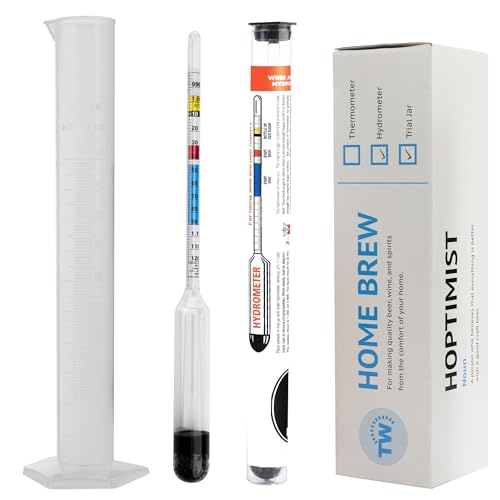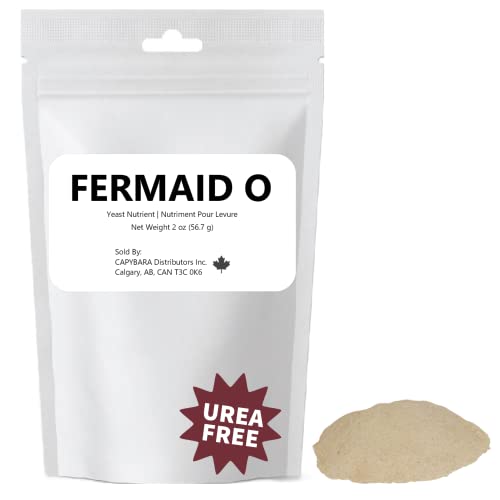Hi all.
I rinsed and harvested my yeast from FV (first time) today.
It was a small-ish 8 litre batch that I put a packet of S-04 into.
I have a couple of questions:
1 - I mistakenly used a fresh, previously unopened bottle of Ashbeck instead of distilled water (or cooled, boiled water) - Does it matter?
2 - Given the amount I have currently settling since this morning, (about 6mm in the bottom of a sterilised jam jar) and assuming I didn't completely cock it up using Ashbeck above, how much should I expect to use in the next brew. I only generally do 8-10 litre batches. All or half or something else?
Or to put it another way, when yeasties are doing their thing in the FV - do they multiply?
Hope that makes sense.
Cheers

I rinsed and harvested my yeast from FV (first time) today.
It was a small-ish 8 litre batch that I put a packet of S-04 into.
I have a couple of questions:
1 - I mistakenly used a fresh, previously unopened bottle of Ashbeck instead of distilled water (or cooled, boiled water) - Does it matter?
2 - Given the amount I have currently settling since this morning, (about 6mm in the bottom of a sterilised jam jar) and assuming I didn't completely cock it up using Ashbeck above, how much should I expect to use in the next brew. I only generally do 8-10 litre batches. All or half or something else?
Or to put it another way, when yeasties are doing their thing in the FV - do they multiply?
Hope that makes sense.
Cheers




























![BREWING THERMOMETER STICKERS ACCURATELY MONITOR FERMENTING BEER & WINE LIQUID TEMPERATURES 5PCS HOME BREW SPIRITS WINE LCD ADHESIVE [US]](https://m.media-amazon.com/images/I/311DDjo2X3L._SL500_.jpg)














